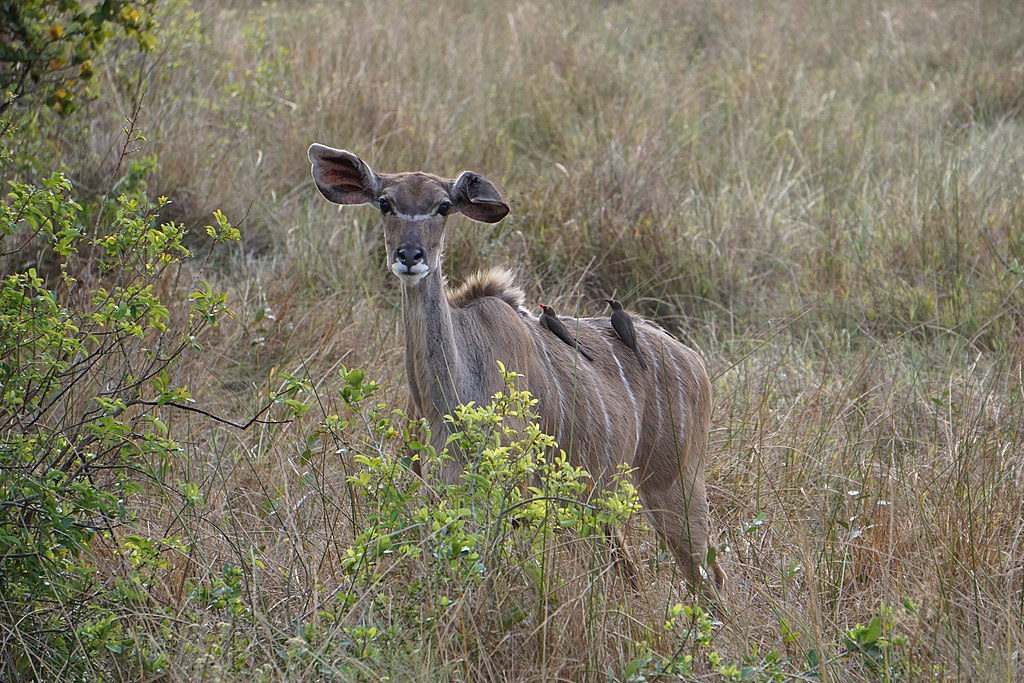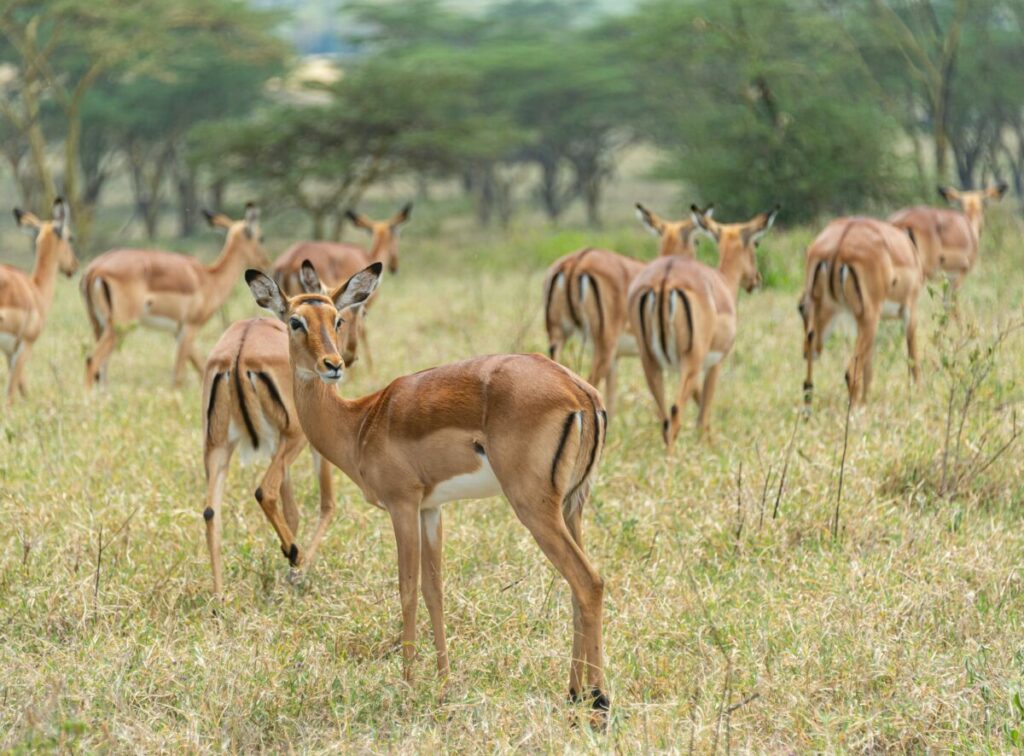Welcome to the enchanting world of diminutive African critters – otherwise known as the small African Antelope or dik-dik. Among the antelope family, these tiny creatures hold a quite fascinating stature, standing only up to 16 inches tall. Today’s journey explores them, unveiling the intrigue of their existence, lifestyle and nature.
Characteristics of the Small African Antelope

The pint-sized African Antelope captivates onlookers with their unique color combinations. An exquisite blend of gray or brown paints their upper body, while their bellies gleam white. Look out for the males of this species sporting short horns, cleverly concealed by tufts of hair. Their long, pointed noses form an interesting snout, complemented by their peculiar face shape.
But every feature of them serves a purpose. For example, their distinct face shape beneficially allows them to nibble at the shrubs nestled between the dense foliage.
Dietary Habits of the Small African Antelope

Big surprise, our modest-sized friends from Africa are vegetarians. Prone to grazing on grassland, they have a preference for realms of short grass and open fields. Observe them for a while, and you’ll notice their patterns: once the grass towers, it’s time for them to trot to another locale.
Apart from the greenery, sporadic, clearly visible wooded regions also draw their interest. Interestingly, they don’t necessarily need direct water consumption as their diet adequately hydrates them. Now that’s what we call eco-friendly dining!
Behavior and Habits

Unlike their larger counterparts, small African Antelopes prefer solitude or companionship of just one other. It’s typical to find them living in pairs and marking out their territory using special eye glands.
Some fascinating practices:
- They leave their scent within their territory, discouraging outsiders.
- Females usually give birth to one offspring at a time.
- Childcare is shared, with both parents contributing.
Geographical Locations and Human Interaction

While these captivating creatures primarily grace the African plains, a handful can also be spotted on the Asian continent. In recent times, they’ve even found a home across the expanse of the Americas.
Interestingly, their nimble bodies and agile moves make them a popular choice for hunting enthusiasts. However, the tiny size of the small African antelope poses a unique challenge, pushing the hunters’ skills to the limit.
If visiting Africa isn’t on your agenda, fret not. Occasionally, zoos and wildlife preserves offer a chance to observe these intriguing beings. To find a small African Antelope close to you, scour the internet, chart local zoos, and embark on the adventure of a lifetime.